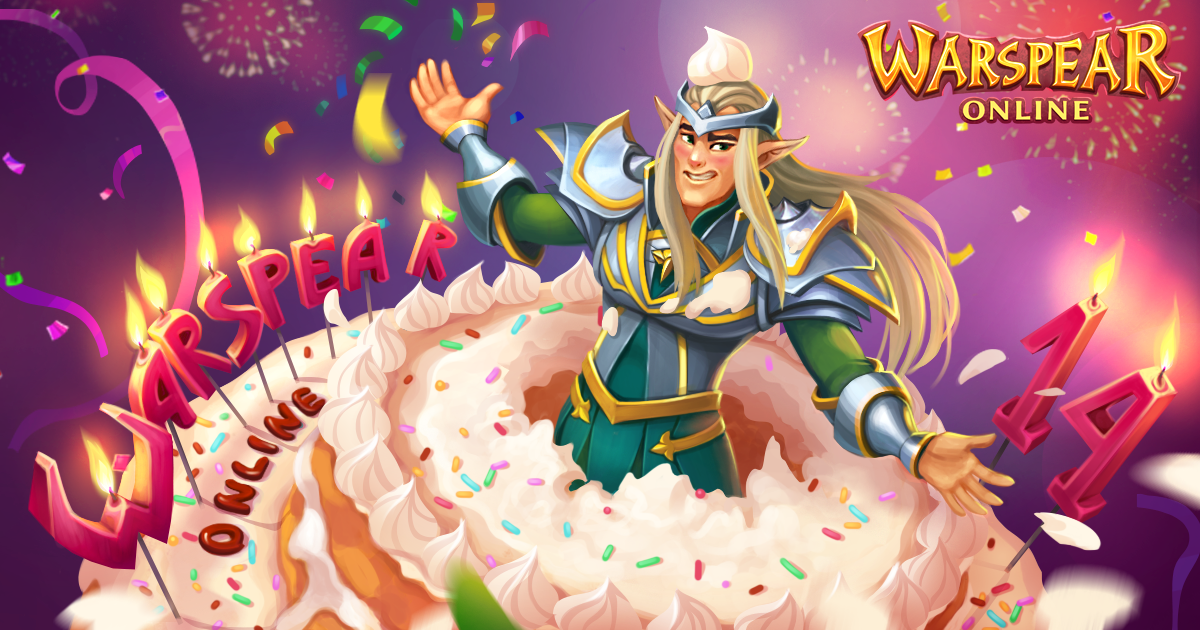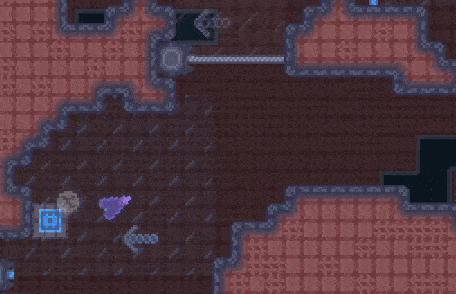
Jun 11, 2022
APICO - tngineers
Hey Beekeepers!
Just a couple quick fixes on MP games, and a tweak for modders!
~ Ell
Just a couple quick fixes on MP games, and a tweak for modders!
~ Ell
Bug Fixes
- Fixed "new" hives found or placed by clients not activating until the host walked nearby
- Fixed clients not visibly seeing the progress bar of a host started machine even tho input+output of the machine was fine
- Fixed being able to use pickaxes on trees and have them be just as effective (lol)
Modding
- Mod console is now toggled through "CTRL"+"." instead if just "."
- Mod logs are now added to the "mod-logs.txt" file in real-time so you can view logs outside of the mod console in-game





















